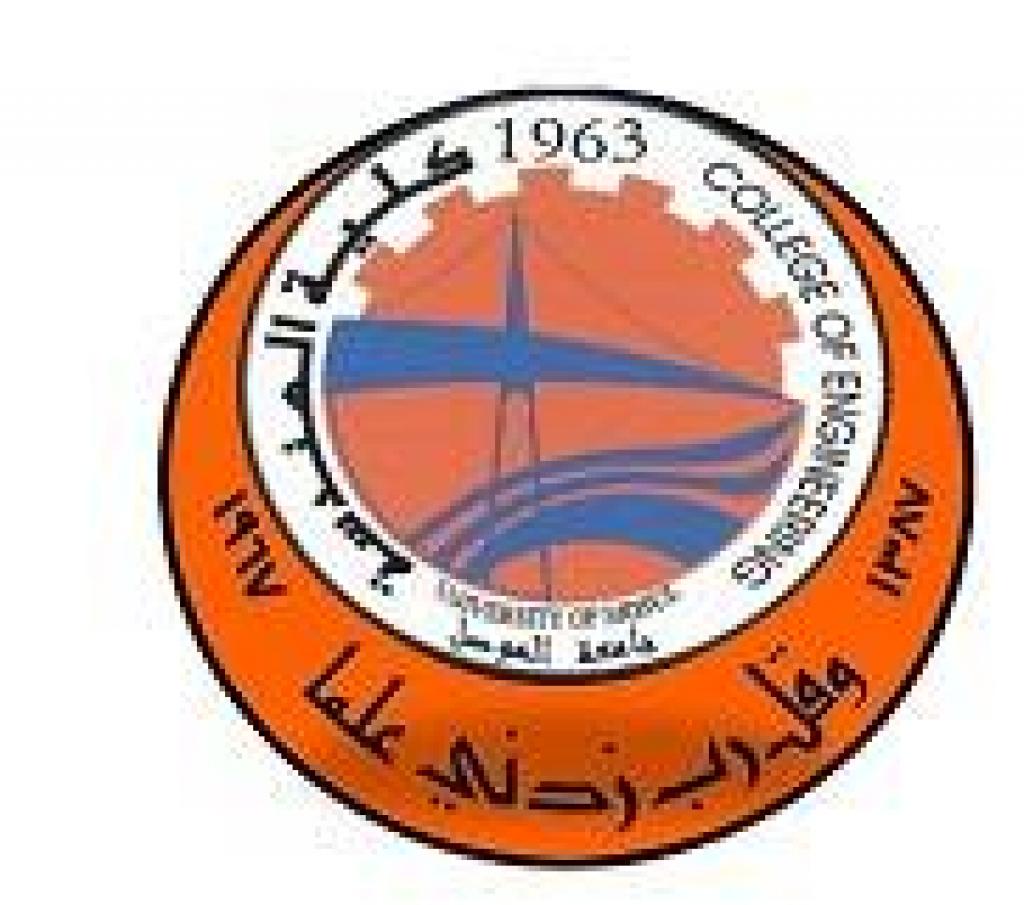14 December، 2021
Master Thesis on “Effect of subsurface linear drip source location on the wetting pattern for layered soil”

A master thesis was discussed in Department of Dams and Water Resources Engineering / College of Engineering at University of Mosul entitled “Effect of subsurface linear drip source location on the wetting pattern for layered soil” on Tuseday, Dec. 14, 2021 submitted by postgraduate student (Muna A. Mohammed).The thesis aims to investigate the effect of the emitter’s location from the interface between soils on the diffusion of water supplied from the emitter in different directions within the soil profile and on the rate of drip discharge with time. The present study included using data collected from laboratory experiments on a soil column compacted inside a metal container whose dimensions are (5.5 * 100 * 140) cm with a transparent front. The emitter was installed 45 cm below the soil surface for all laboratory experiments. Three cases of soil stratification were studied, which is that the interface between the two layers at the emitter and below the emitter by 10 cm, and above the emitter by 10 cm. Two types of soils were considered: sandy loam and silty clay loam. On this basis, six experiments were conducted for stratified soils and two experiments for homogeneous soils. Depending on the experimental results, empirical models were developed to estimate the subsurface emitter discharge with time in terms of the factors affecting it for homogeneous and layered soils with a coefficient of determination (R2 = 0.983, 0.989), respectively. Empirical models have also been developed to estimate the full wetting pattern of the subsurface emitter for the various soil layering conditions as well as homogeneous soils with high determination coefficients.The results showed a good agreement between the values measured in the laboratory and those estimated from the developed empirical models for both the values of the buried emitter discharge and the wetting patterns. The results also showed that the rate of emitter discharge increases when the emitter is buried in coarse soils compared with fine soils, and that the movement of water in the horizontal direction is greater than in the vertical direction when the location of the emitter is in the upper layer of coarse soil. The results also showed that fine soils constitute a barrier in the way of water movement.




















